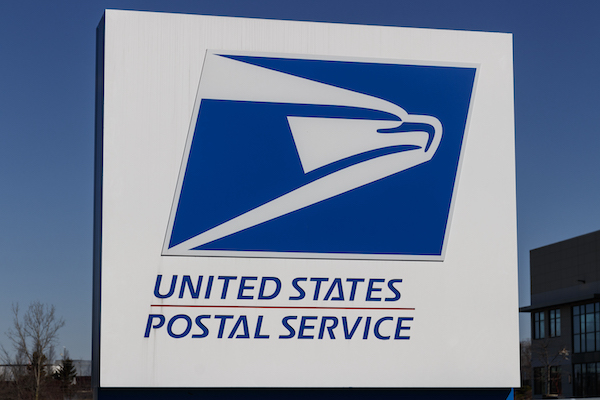If you’ve ever seen a mailroom in action, it may seem like a miracle that anything gets delivered on time. The sheer volume of packages that the U.S. Postal Service and other shipping handlers must deal with is staggering. Not to mention the frequent occurrences of incomplete addresses or illegible handwriting. How in the world do postal workers sort all of this mail? And how do they determine where to ship packages with illegible markings?
The answer to these questions is, for the most part, scanners.
How Does a Mail Scanner Work?
While sorting mail would have been a manual task a century ago, this is no longer strictly the case today. Poster workers still have difficult jobs. However, advancements in scanner and optic technologies have lightened the burden considerably.
In the modern day, nearly all mail is sorted by automated sorting machines. These machines use highly advanced optical lenses using barcode scanners and other images. Using optical character recognition, these document scanners are able to accurately sort parcels near-instantaneously. There is minimal manual labor required in this sorting process. After the scanner has done its work, it’s up to the delivery person to carry the package safely to its destination.
But what happens when these scanners can’t read a label or an address? The solution, again, relies on another type of optical scanner.
Illegible Document Scanner
When the scanner can’t read handwriting, or if a portion of the address is missing, that parcel obviously cannot be sorted automatically. But instead of rejecting the package outright, the document scanner creates an image of the document, including its illegible label.
This image is then sent to an office that specializes in reading digital images. The process here is not quite as automated, but still makes use of some advanced software. At this office, an expert will analyze the corrupted or illegible label for any discernible letters and numbers.
They then enter these characters into their sorting program. Using any powers of deduction available to them, they determine the correct address. They might use geographical clues based on the parcel’s point of origin. Or, they may simply use process of elimination to fill in the missing letters on the shipping label.
When done correctly, this process takes only a matter of seconds. It is ultimately a synthesis of technological ingenuity and basic human deduction skills. The machine vision systems and image processing devices create highly reliable, accurate digital copies of the document labels. These, in turn, are analyzed and returned by a trained human eye to keep the mail running on time.
Barcode Scanners, OCR Systems, and More
Mail scanners and sorting machines are just a pair of examples of the ways in which optical technologies are used. Optical Character Recognition is used in security, maintenance, transcription, and much more.
If you are in need of custom imaging lenses for scanners or similar devices, contact Universe Optics today. Universe Optics specializes in custom lens design for a wide variety of medical, scientific, and technical applications.